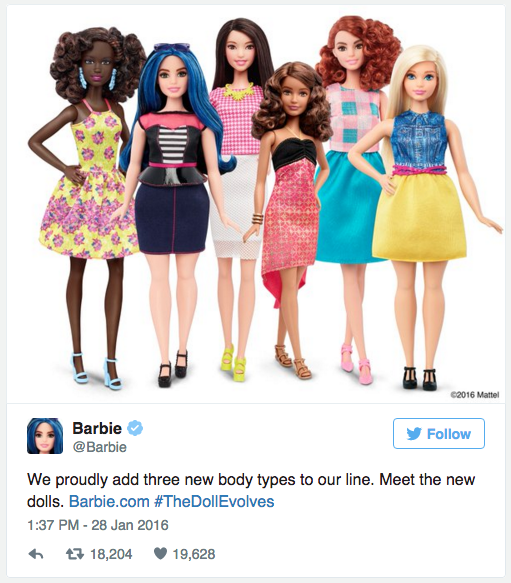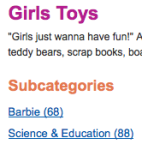In my last post I wrote about the Engagement Ladder, the top rung of which is user-generated content, I’ve been thinking more about this form of content and looking for some positive examples, here’s what I’ve come up with.
User generated content can be a great loyalty builder for brands, but there are some things to consider before you launch your campaign.
Is your brand ready? You’ll be giving up some control of your brand, if your marketing, legal, risk teams aren’t ready for that reality you’ll need to do more work internally.
Is your brand positively viewed? If you open up your brand for user input while your brand is in a crisis the blowback will be swift. Starbucks famously started a Christmas campaign in 2012 with the hashtag #SpreadTheCheer, a nice idea, and large screens were installed to display the messages in stores. Unfortunately the company was in the middle of a crisis around paying tax in the UK and the tweets focussed on that rather than the festive season.
Does your brand have a tribe? You need a group of your customers/clients to be engaged enough to want to build content for your brand, otherwise there’ll be no response.
Can you create a fair process? You need to respect the rights of the content creators, which may include offering fair payment, and you need to be clear on what you are promising to do with the work created.
There are three ways to elicit content from your customer groups.
Open Call
Publish a request for customers to submit content, sometimes this is done as part of a competition. It sounds generous, giving all customers a chance to contribute, and it can work, but your brand needs to be positively regarded and you need to be clear about what you’re planning to do with the work. One example of a celebrity crowdsourcing a design did generate a concept book cover, but also generated plenty of criticism from the designer community. The more open your make the call and selection process the more likely you are to get the backlash. However this may still be a good option for a shorter or local campaign. There are a number of companies using hashtag based selection on Instagram to share themed posts (#ThankYouAmsterdam for example), and the results are positive for both parties.
Selective Approach
Research who of your customers is already creating great content, or look for social media influencers whose work matches your brand. Invite them to contribute content.
Spotify are using some of their subscribers’ lists in ads, building on their existing fanbase, I’m sure they’ve researched the lists and contacted the subscriber before building the ad.
Existing Community
Your brand already has a group of committed fans, who are independently building content.
One of the best examples out there, demonstrating the loyalty and ingenuity of customers, is IKEA Hackers. Although at one point IKEA tried to close the site. The site showcases ways that IKEA products have been repurposed; cabinets become a bed base, vases become a bathroom wall, and a folding desk saves space. A smarter approach might have been to engage the IKEA Hackers and look for ways to support their activities to enhance the IKEA brand.
Lego have successfully built a community of super loyal fans, their brand is based on the human needs of playing/building together and the pride of creation so their online platform Lego Ideas ties into the brand and gives their fans a chance to develop new lego sets – the best of which go into production. They also support the robot building lego league, although it was not started by the company.
One of my favourite example of a personality doing this is the wonderful, Oscar-winning actress Lupita Nyong’o who uses #FanArtFriday on her Instagram account, the images are beautiful and reflect her career. She’s genuinely excited to share them.
Three things to think about before you start;
- company readiness
- process including legal rights and payments
- your commitment to using the final work.
Spotify and Lego show us that user-generated content can work for a company, but it takes brand commitment and a tribe.
Image: Artist | M McIntyre | CC BY-NC-ND 2.0







 Learning toys include loads of cool science experiments; bubble science, magnet science and a volcano building kit.
Learning toys include loads of cool science experiments; bubble science, magnet science and a volcano building kit. Online Toys Australia responded professionally to my questions and have updated their site so that there is a category under “Girls’ Toys” called “Science and Education” which has 88 items. I do give them credit for taking this step, and I recognise that re-organising content on a site is a complicated process (more in terms of information architecture and design than the technical aspect).
Online Toys Australia responded professionally to my questions and have updated their site so that there is a category under “Girls’ Toys” called “Science and Education” which has 88 items. I do give them credit for taking this step, and I recognise that re-organising content on a site is a complicated process (more in terms of information architecture and design than the technical aspect).